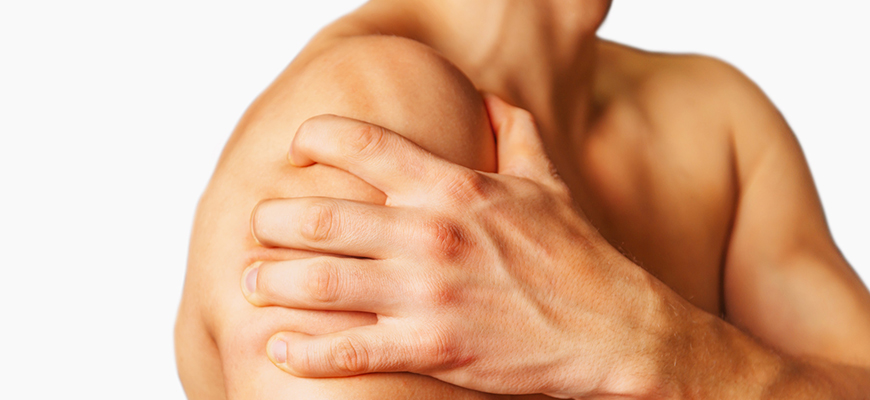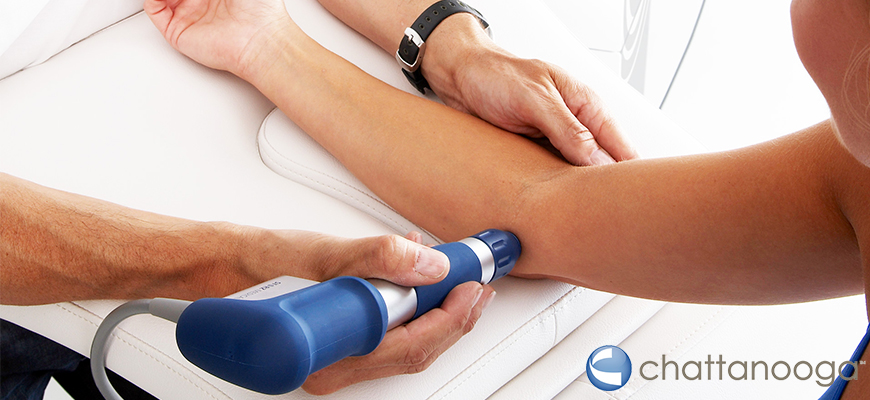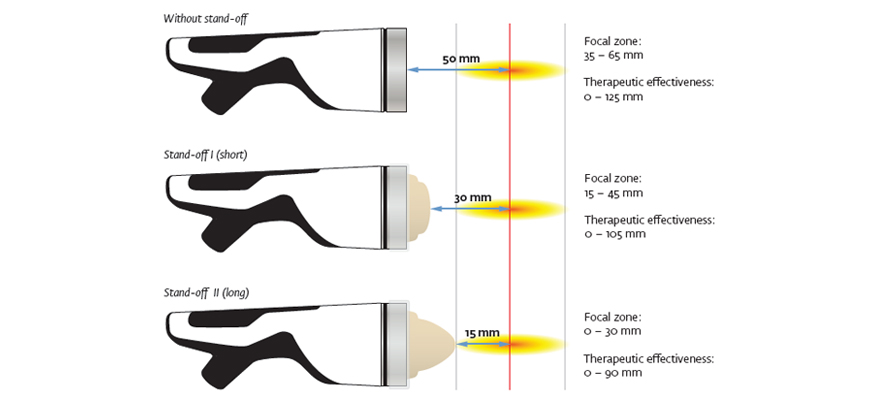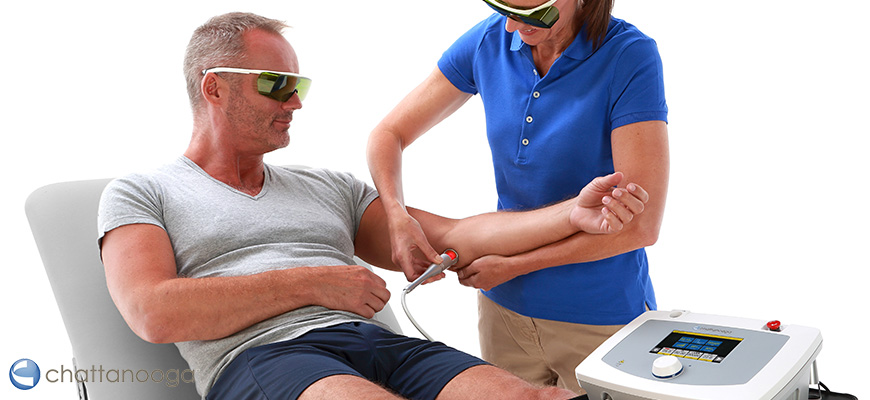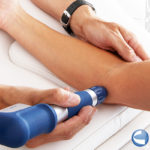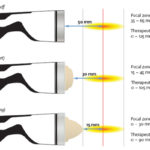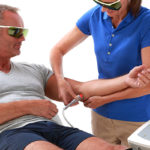Myofascial Pain Syndrome (MPS) is a chronic pain disorder affecting the muscles and surrounding fascia. When a person has MPS, they may develop Myofascial trigger points that can become painful if they get stressed or overused. Myofascial trigger points often appear as a tight “knot” under the skin.
Causes & Symptoms
Myofascial Pain Syndrome is understood to stem from local muscle pain, which can be caused by:
1. Mechanical Trauma (contusion, tear, cramp)
2. Inflammation
3. Ischaemic conditions
Stress of the muscles can also be due to overuse of muscles, injury, depression or anxiety. Patients will present symptoms of aching muscle pain and tight muscle band.
Treatment Options:
There are a few treatment methods to release the tension in the Myofascia and muscles:
– Physical Therapy/Physiotherapy
– Sleep improvement
– Dry Needling
– Massage
– Shockwave Therapy
Shockwave Therapy for Myofascial Pain Syndrome
Extracorporeal Shockwave Therapy (Radial or Focused) is ideal in the therapy of Myofascial Pain Syndrome. It is used to separate the Actin-Myosin links, increase blood flow to resolve ischaemic energy crisis, eliminate contraction knots and for pain gate modulation.
RPW Shockwave Treatment Guide
Sub acute myofascial pain have shown to respond well to two or three sessions a week of Shockwave Therapy but not on consecutive days. Chronic conditions require more energy but longer treatment intervals.
It is recommended to use the D20 (20mm diameter) or D35 (35mm diameter) transmitters with the Chattanooga D-Actor Handpiece. These transmitters are unique for Myofascial Pain Syndrome as they deliver both radial pressure waves and vibration pulses to the muscles and fascia.
Taut bands are identified by moving the transmitter at right angles to the tissue fibres. Once located the transmitter is moved along the taut band to localise the muscle knots. Frequency should be between 6 and 20 Hz and a minimum of 1.4 bar for small muscles and 2.4 bar for larger ones increased in small steps until pain is induced.
Shockwave Therapy should be used in conjunction with traditional strengthening and stretching exercises, if prescribed.
